Talk Overview
The plasma membrane demarcates the inside of the living cell from the outside, serving both as the ultimate physical barrier and location where the cell transacts its business with the outside world. The study of the structure of cell membranes continues to be fertile ground for research for many biologists today; the idea of “Membrane Rafts” has only heightened interest in this area. The main focus of this three part series is to explore the concept of “Membrane Rafts”. In the first part, we will examine what is popularly understood by the term “Membrane Raft” and ask why this concept was proposed in the first place. This requires an appreciation of the most dominant picture of a biological membrane, “the fluid-mosaic” model. “Membrane Rafts” were hypothesized in response to this model to account for observations of segregation of membrane components made in cell systems. Different proposals to account for the segregation of membrane components and many methodologies used to identify membrane rafts, including the pervasive detergent insolubility method, are also discussed in this lecture. This part is aimed at a general audience or for an advanced undergraduate-level student.
In this part, I focus on our laboratory’s ongoing preoccupation with rafts where we study the characteristics of a popular “raft-marker”, a class of cell surface lipid-tethered proteins, the GPI-anchored proteins. These lipid-tethered molecules are sorted at the cell surface into a specialized endocytic pathway, suggesting their segregation at the cell surface. Here I describe collaborative interdisciplinary work from my laboratory and that of my physicist colleague, Prof. Madan Rao, where we explore the organization of lipid-tethered proteins in living cells using new biophysical tools developed for this purpose. These studies have compelled us to refine the notion of membrane rafts as functional lipid-assemblies consisting of nanoscale clusters and monomers. This organization appears to be characteristic of many other putative “raft” lipids and lipid-anchored proteins at the inner and outer leaflet of cell membranes.
Speaker Bio
Satyajit 'Jitu' Mayor

Satyajit “Jitu” Mayor was born in Baroda, India and received his MSc in Chemistry from IIT, Mumbai. He obtained his Ph.D. in Life Sciences from the Rockefeller University, New York, working in the Laboratory of Molecular Parasitology with Prof. George Cross where he studied the biosynthesis of GPI-anchors in the African sleeping sickness parasite, Trypanosoma… Continue Reading
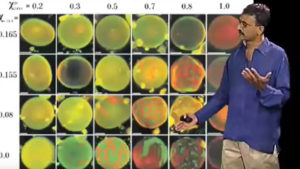
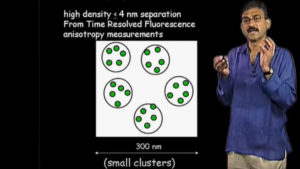
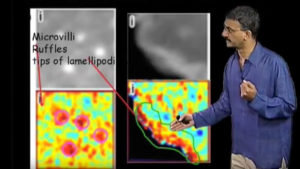
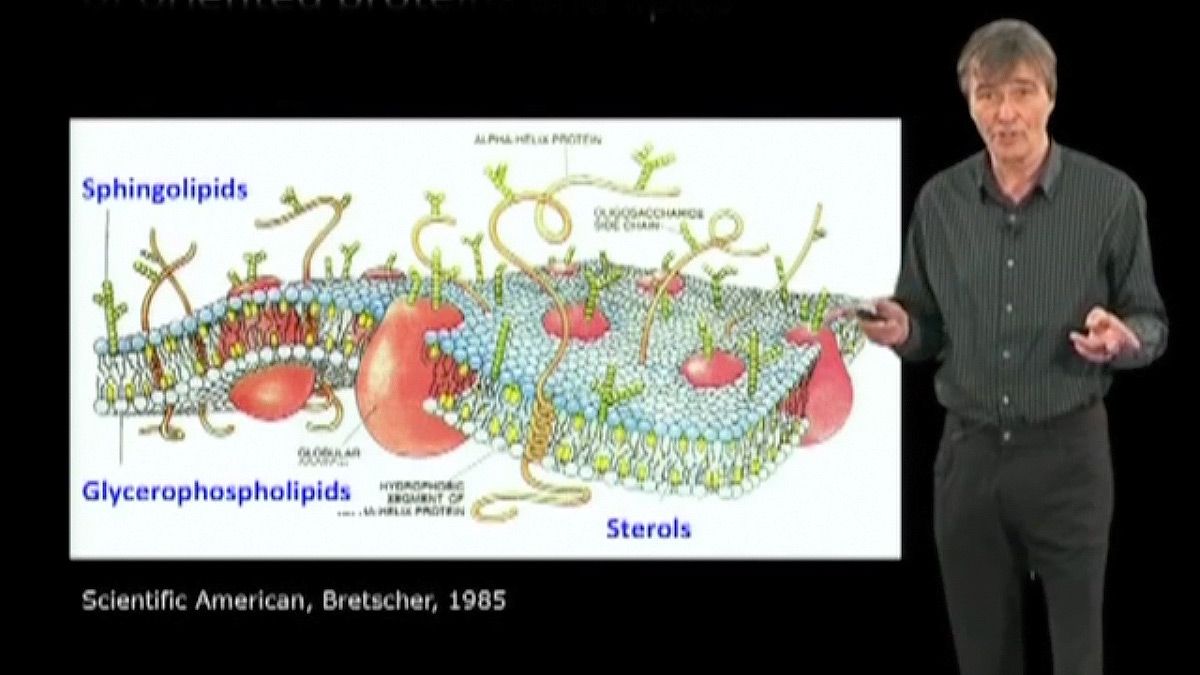

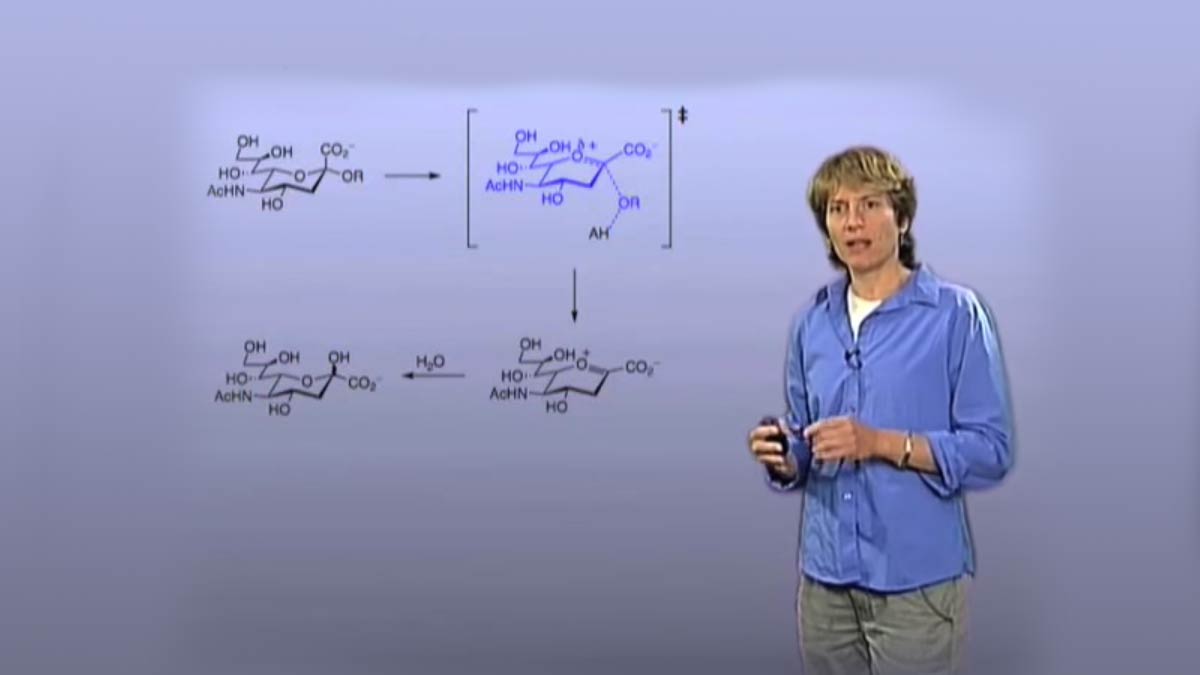
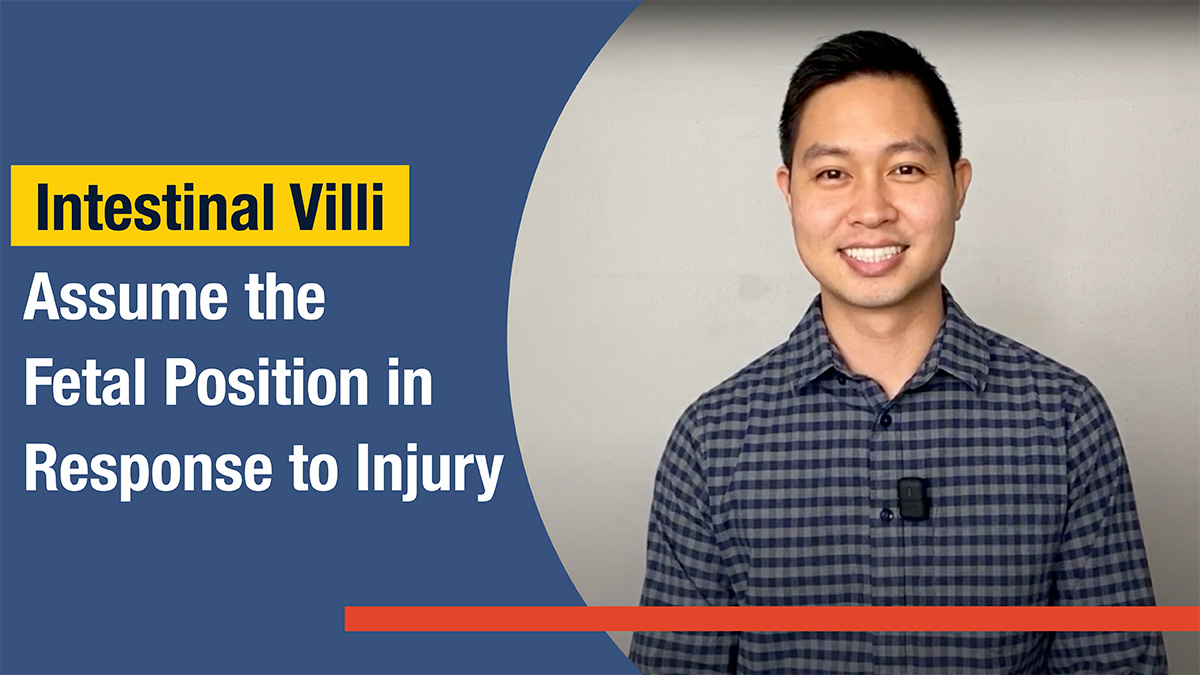





Leave a Reply